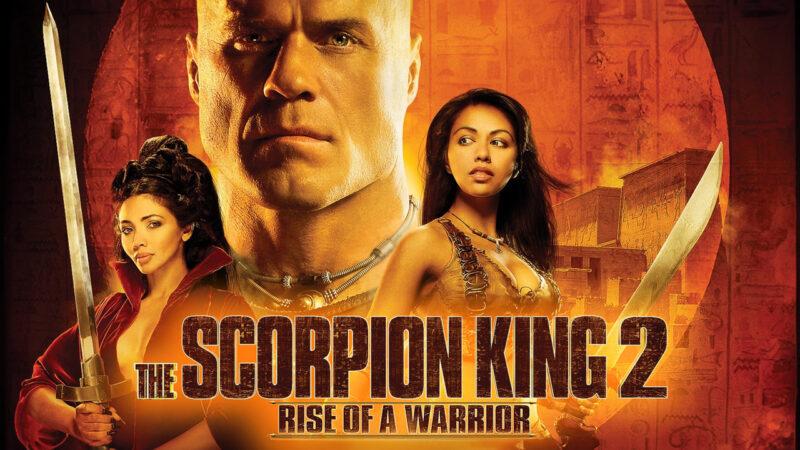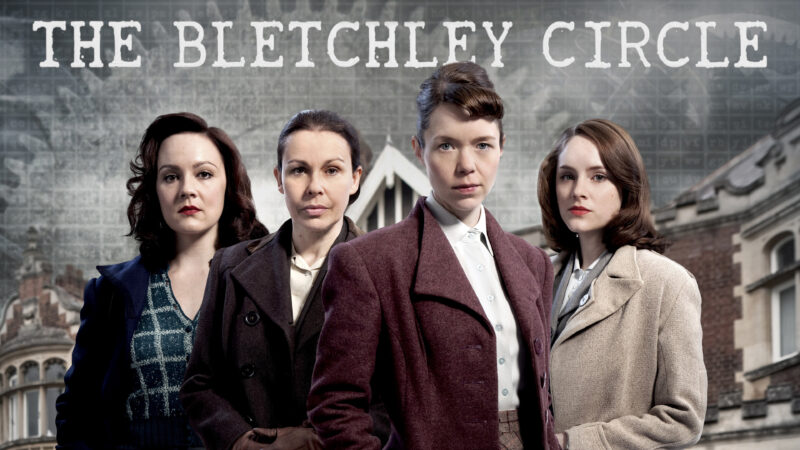The Children’s Hour: A Timeless Exploration of Truth and Lies
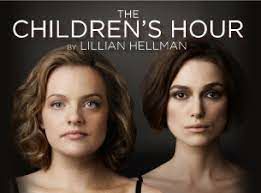
Premiering in 1934, Lillian Hellman’s The Children’s Hour is a powerful theatrical work that has left an indelible mark on American drama. More than a story of ruined reputations, the play is a sharp critique of societal prejudice, the destructive power of lies, and the devastating consequences of judgment. With its gripping narrative and timeless themes, The Children’s Hour remains captivating and relevant in the modern world.
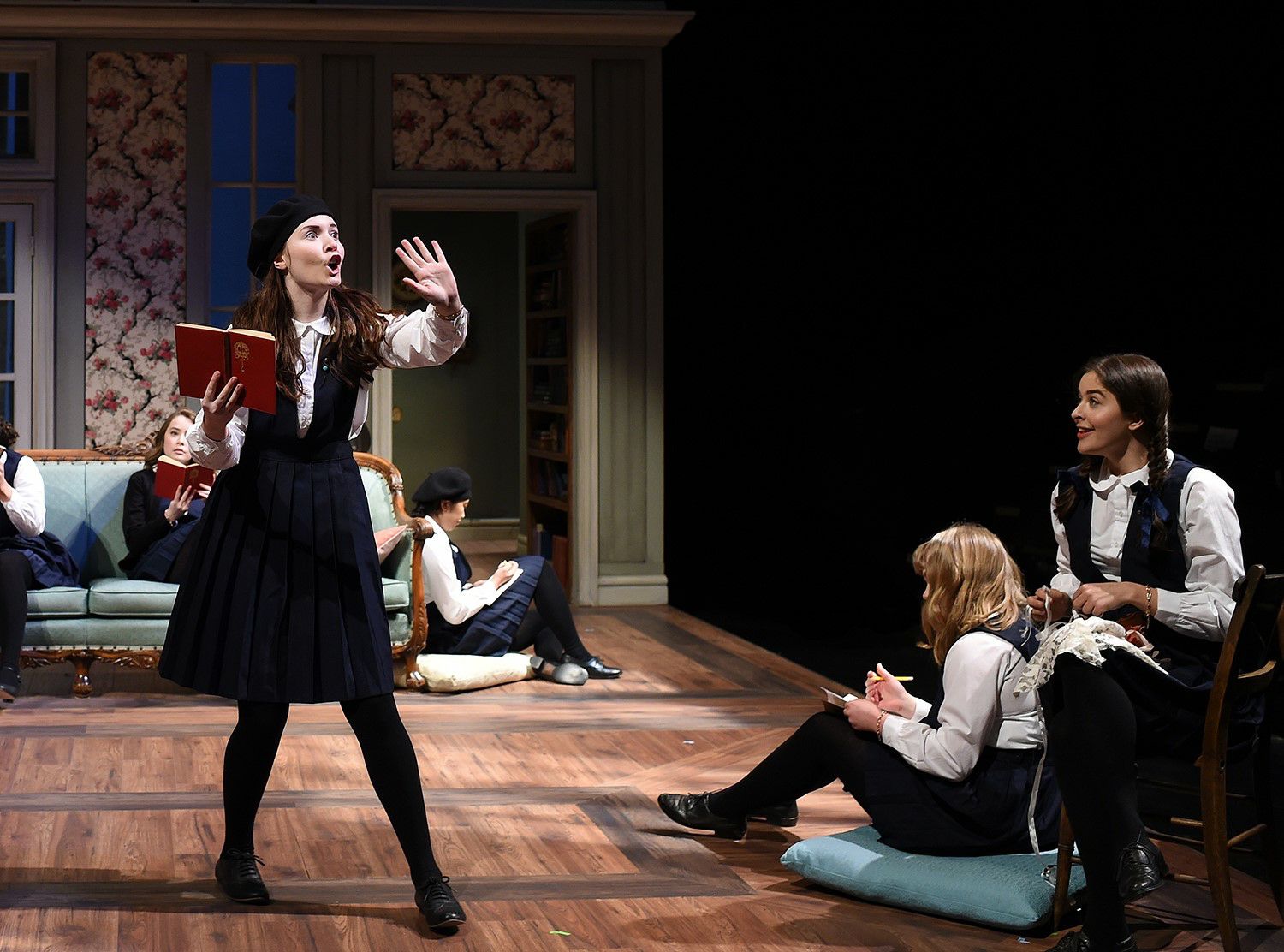
A Haunting Plot
The Children’s Hour centers on two young teachers, Karen Wright and Martha Dobie, who run a boarding school for girls in a small town. Their lives are upended when Mary Tilford, a rebellious and manipulative student, spreads a malicious rumor that the two women are in a romantic relationship. In the conservative society of the 1930s, this accusation is not just a scandal but a fatal blow that destroys their reputations, careers, and personal relationships.

Lillian Hellman masterfully crafts a story that exposes the fragility of truth in the face of lies. Mary, with her cunning and deceit, turns the entire community against the teachers, from parents to friends. The play not only focuses on the consequences of the rumor but also delves into the internal struggles of the characters, particularly Martha, who grapples with painful questions about herself and her emotions.

Timeless Themes
The Children’s Hour is a work rich in layered meaning, touching on social issues that remain relevant in the 21st century. One of its central themes is the destructive power of lies. The rumor initiated by Mary not only ruins Karen and Martha’s lives but also reveals how easily people believe in negativity. The play poses the question: What happens when truth is distorted, and who is accountable for the irreparable damage?
Additionally, The Children’s Hour is a bold critique of societal prejudice, particularly regarding gender and sexuality. At the time of its debut, homosexuality was a taboo subject, and the accusation of a relationship between Karen and Martha was deemed an unforgivable sin. Hellman challenges conservative norms and highlights the injustice of judging individuals based on blind prejudice.
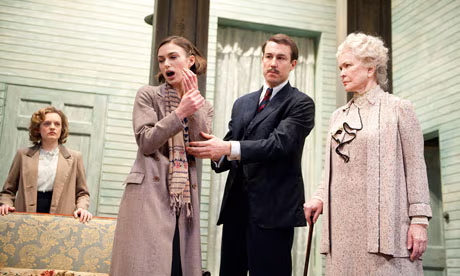
The play also explores the fragility of human relationships. The friendship between Karen and Martha, as well as their connections with those around them, is tested by suspicion and betrayal. Through this, Hellman emphasizes that truth is not just a matter of right or wrong but also shapes trust and loyalty.
Influence and Adaptations
From its debut, The Children’s Hour sparked controversy for its bold content but was also praised for its courage and emotional depth. The play has been adapted into two notable films. The first, These Three (1936), directed by William Wyler, altered the accusation of homosexuality to a rumor of a heterosexual love triangle to comply with the Hays Code. The second, also directed by Wyler in 1961, stayed truer to the original, starring Audrey Hepburn and Shirley MacLaine. Both films helped bring Hellman’s story to a wider audience, underscoring the play’s enduring vitality.

Moreover, The Children’s Hour continues to be staged by theater troupes worldwide, each production offering a fresh perspective on the issues Hellman raised. The work is not just a story of the 1930s but a reminder of our responsibility to confront truth and combat injustice.
Conclusion
Lillian Hellman’s The Children’s Hour is a gem of American theater, a work that is both moving and thought-provoking. With its dramatic narrative, complex characters, and profound themes, the play does more than tell a story of truth and lies—it challenges audiences to reflect on society and themselves. Nearly a century after its premiere, The Children’s Hour remains a powerful warning about the consequences of prejudice and the enduring power of truth in a world rife with doubt. Watch More Here :

